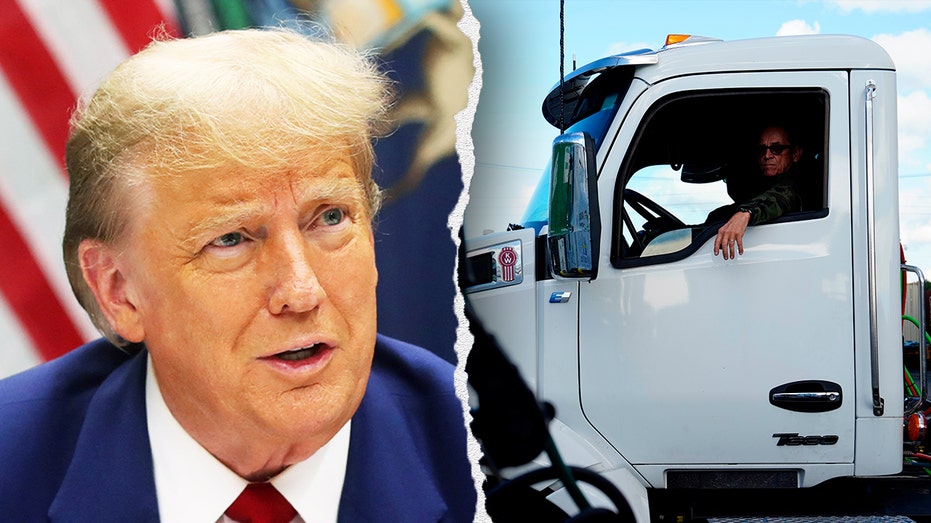We moved our family from California to Spain. Some of the biggest lifestyle differences have been the best.
Krzysztof Baranowski/Getty Images
- We moved our family from San Diego to northern Spain and now have a lower cost of living.
- We've really enjoyed living in a walkable area instead of one that's heavily reliant on cars.
- Socializing feels like a priority in Spain, which has made it easier to have a work-life balance.
When we moved our family from sunny San Diego to rainy northern Spain, the weather wasn't the only major change.
Although some cultural differences took time to incorporate into our lives, there are others that we adopted immediately. Fortunately, many of these changes have allowed us to slow down and be more present in our lives — something we're grateful for each day.
Here are some of the biggest differences we've experienced between our life in California and our life in Spain.
We've enjoyed not having to rely on cars
Michelle Arellano Martin
Although there's public transit available in California, it's generally very challenging to get around the state without a car.
However, where we live in Basque Country, a region between northern Spain and southwestern France, we can get almost anywhere on foot.
It's nice to be able to get exercise and enjoy fresh air while running errands. If it's raining or we want to explore other coastal villages, we take the bus.
Fortunately, our local bus system is incredibly efficient and affordable (usually under 3 euros per ride).
We also have a local commuter train that takes us to surrounding towns or to the border of France. From there, we can easily explore French Basque villages, or hop on the train to Paris, our main European railway hub.
During a recent visit back to California, I spent 80% of my time in the car, in traffic, which is something I don't miss at all.
It's easier to make time for resting and socializing in Spain
In Spain, there's generally more work-life balance and a cultural emphasis on socializing, which takes place in the streets, cafés, bars, and plazas.
On Sundays, the majority of shops are closed so people can rest and spend the day with loved ones. At first, we found it frustrating and inconvenient to be unable to run errands and shop.
Soon, we began to appreciate that so many stores would lose a day of business in order to prioritize connection and relaxation.
Now, we use our Sundays for lengthy four- or five-hour lunches with family and friends, restful walks on the beach, and peaceful hikes in the local mountains.
Our meal schedules have completely shifted
Americans marvel at how late Spaniards eat dinner, but now that I live here, it makes perfect sense.
Our children start school between 8 and 9 a.m. and also get a two-hour lunch break. Kids can either eat at school or go home to have lunch with their families. Working parents can often take part in this, too, as most businesses in Spain close from 2 p.m. to 5 p.m. for a midday break.
This has been a huge difference for us. In the US, we would usually eat a quick deskside lunch at work and not see our kids until the end of the day since they had just 30 minutes for lunch and recess.
The school day is also longer here because of that lunch break. Elementary school finishes at 4:30 p.m., and kids typically have their afternoon snack around 5 p.m.
In the evening, people often meet friends for a glass of wine or beer and a pintxo (bite-sized snack) before heading home for dinner around 9 p.m. … or later.
We have a lower cost of living
Michelle Arellano Martin
One of the biggest differences between life in California and Spain is our cost of living. In general, our money seems to go farther in Spain.
We've seen prices rise since we've been here, but they still remain incredibly reasonable to us, with the euro hovering near parity with the dollar.
For example, a café con leche (latte) is typically under 2 euros in Spain. In cafés that cater more to tourists, it can run between 3 and 4 euros. Still, both are a far cry from a latte in San Diego that'd usually cost us $7 (or $8 with a tip).
A glass of wine, on average, ranges from 2 to 4 euros here. In the US, a decent glass runs upward of $18 (similar to the cost of an entire bottle in Spain).
Spain's tipping culture has also helped save us money.
In the US, tipping for a service is expected. Here, rounding up or leaving 10% when you really enjoyed the service is appreciated but not expected.
Local hospitality workers tend to make a higher, more livable wage and thus don't heavily rely on tips — which isn't the case for many in the US.

:max_bytes(150000):strip_icc():format(jpeg)/suits-la-real-life-loves-stephen-amell-cassandra-jean-jacinda-barrett-gabriel-macht-main-split-022025-fe0c19bc4650427eb54fa739d2f50d6b.jpg)
:max_bytes(150000):strip_icc():format(jpeg)/Kristen-Bell-Ariana-grande-Cynthia-022125-b1076433b8a54501a6726d80dd13c299.jpg)
:max_bytes(150000):strip_icc():format(jpeg)/peo-tested-air-mattress-deal-tout-8a983a48a96a4007954a02e924d4dad3.jpg)
:max_bytes(150000):strip_icc():format(jpeg)/Lucille-Johnson-and-John-Sansing-021825-tout-6c1db083991749c5be6d97ed718e932c.jpg)











 When a loved one dies, dealing with the loss itself is hard enough.
Close to 200 families who entrusted their loved ones' remains to the Return to Nature Funeral Home in Colorado found out it...
When a loved one dies, dealing with the loss itself is hard enough.
Close to 200 families who entrusted their loved ones' remains to the Return to Nature Funeral Home in Colorado found out it...


 I love you and all the joy you brought every time you graced me with your presence,” one person wrote. “You were so up lifting always and such a hype man in any situation. Your heart was pure. Fly high legend
I love you and all the joy you brought every time you graced me with your presence,” one person wrote. “You were so up lifting always and such a hype man in any situation. Your heart was pure. Fly high legend 



